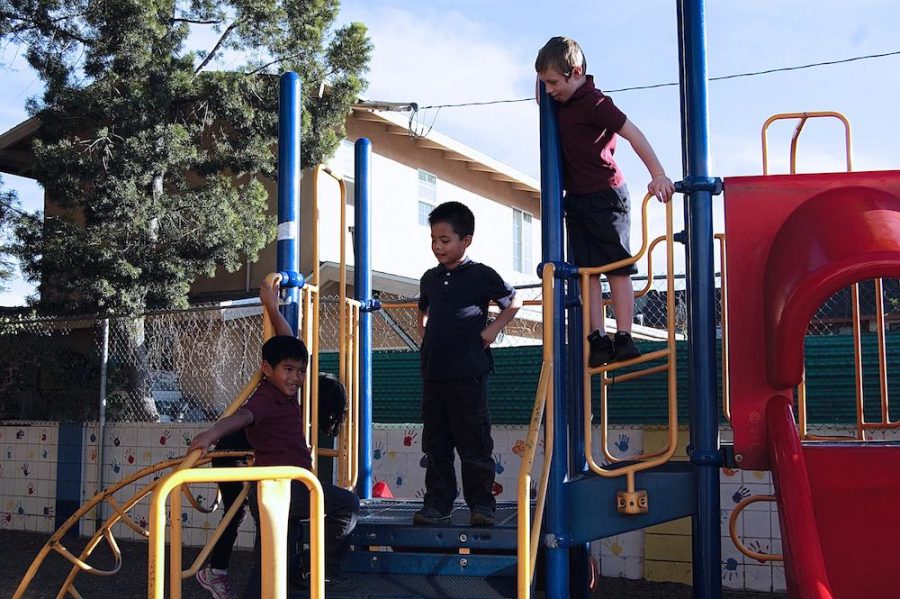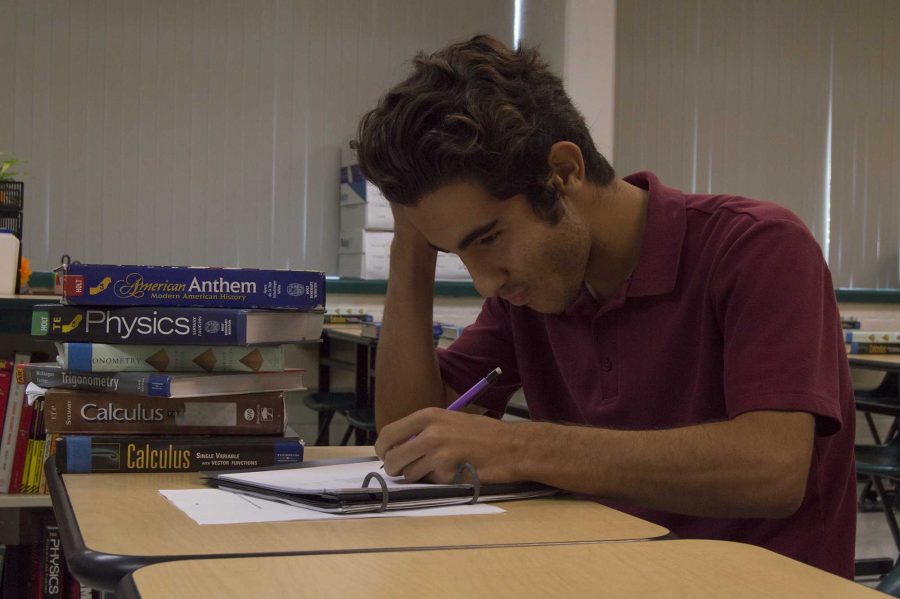( December 14, 2012 ) — Ready. Set. Go! Within seconds, junior Vahe Eliasyan plunged from a research vessel into the glistening waters to snorkel off the Coast of Anacapa Island. Eliasyan was among the 13 students who participated in Scientific Research teacher Dominique Evans-Bye’s field trip this past Friday. “[Snorkeling] was awesome because I enjoyed the weightlessness of being underwater and I got to see different species of fish,” Eliasyan said. He, along with two other students, accompanied Cinematography teacher Matt Stroup (a fellow diver) in a snorkeling venture during the field trip. In addition to snorkeling, scientific research students assisted in a survey of the marine population in the Channel Islands Marine Sanctuary and used ROVs to gather their own data.ccording to Evans-Bye, students on the field trip had two main jobs: Remote-Operated Vehicle (ROV) operators and student biologists. “Students came on this trip to help with a REEF (Reef Environmental Education Foundation) survey with scientific divers from REEF, the California Science Center and Ventura County Sheriff’s’ Department,” Evans-Bye said. This team of seasoned divers oversaw ROV operations and provided wetsuits, equipment and information from their diving observations. For the past couple of years, Evans-Bye said that her students have been using the information gathered about fish population to be analyzed in-class through mapping GIS software and uploading their findings to the REEF official website. “Our main focus of the trip was to monitor the effectiveness of protected areas, like the waters off the Coast of Anacapa Island, on the abundance of fish population,” Evans-Bye said. ROV operators, such as Eliasyan, used underwater equipment to navigate through the ocean through remote-controlled computer systems onboard. The ROV robot was able to record footage of a myriad of sea life, including species covered in Scientific Research lectures. Student ROV operators were required to receive training prior to the trip on how to control the machine and utilize its features, like its compass or manipulator grip to move or grab objects. Junior Alyssa Fortaleza, a student biologist and a snorkeler, put her Marine Science knowledge to the test in performing her job. “I recognized many different types of rockfishes when I snorkeled,” Fortaleza said, “and I interviewed the SCUBA divers and filled out a survey about the abundance of fish species they saw in deeper parts of the ocean.” Student biologists were responsible for completing the REEF surveys that the in-class maps and uploads will be based on. In addition, students who attended the field trip were able to participate in many amazing experiences. “I loved the trip, and my favorite part was when I saw a sea lion two feet away from me and Mr. Stroup chased it away,” Fortaleza said. According to Fortaleza, the SCUBA divers brought aboard sea creatures like sea urchins, sea stars and sea cucumbers to form a makeshift touch tank for the students. Fortaleza said that she, along with others onboard, were even able to sample scallops freshly harvested from the ocean by the divers. Although some students like Eliasyan battled bouts of seasickness, many of the students enjoyed themselves, and would gladly return next year. “I would definitely do it again,” Eliasyan said. “I could snorkel in December, who else can say they did that? YOLO!” Evans-Bye later said that she would be happy to continue to coordinate these annual trips with her classes, provided that budget cuts do not prevent her from doing so.
Categories:
Citizen scientists collect data for research
December 14, 2012
More to Discover








